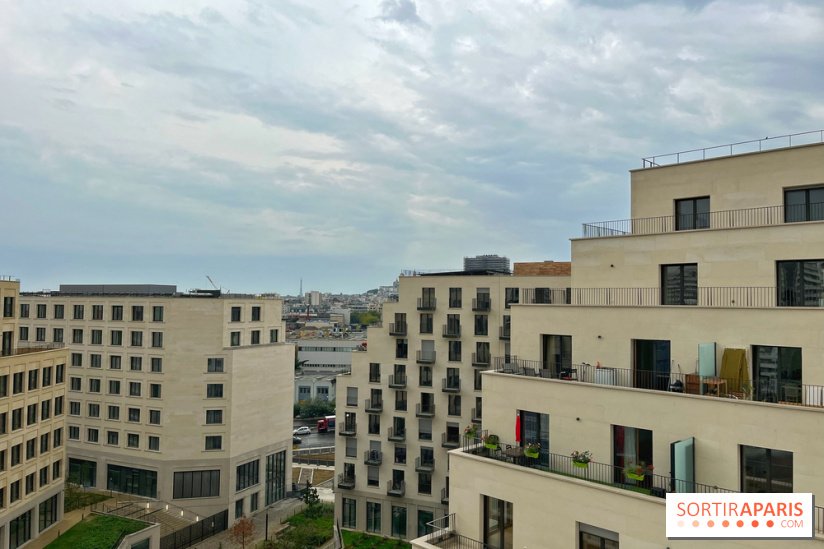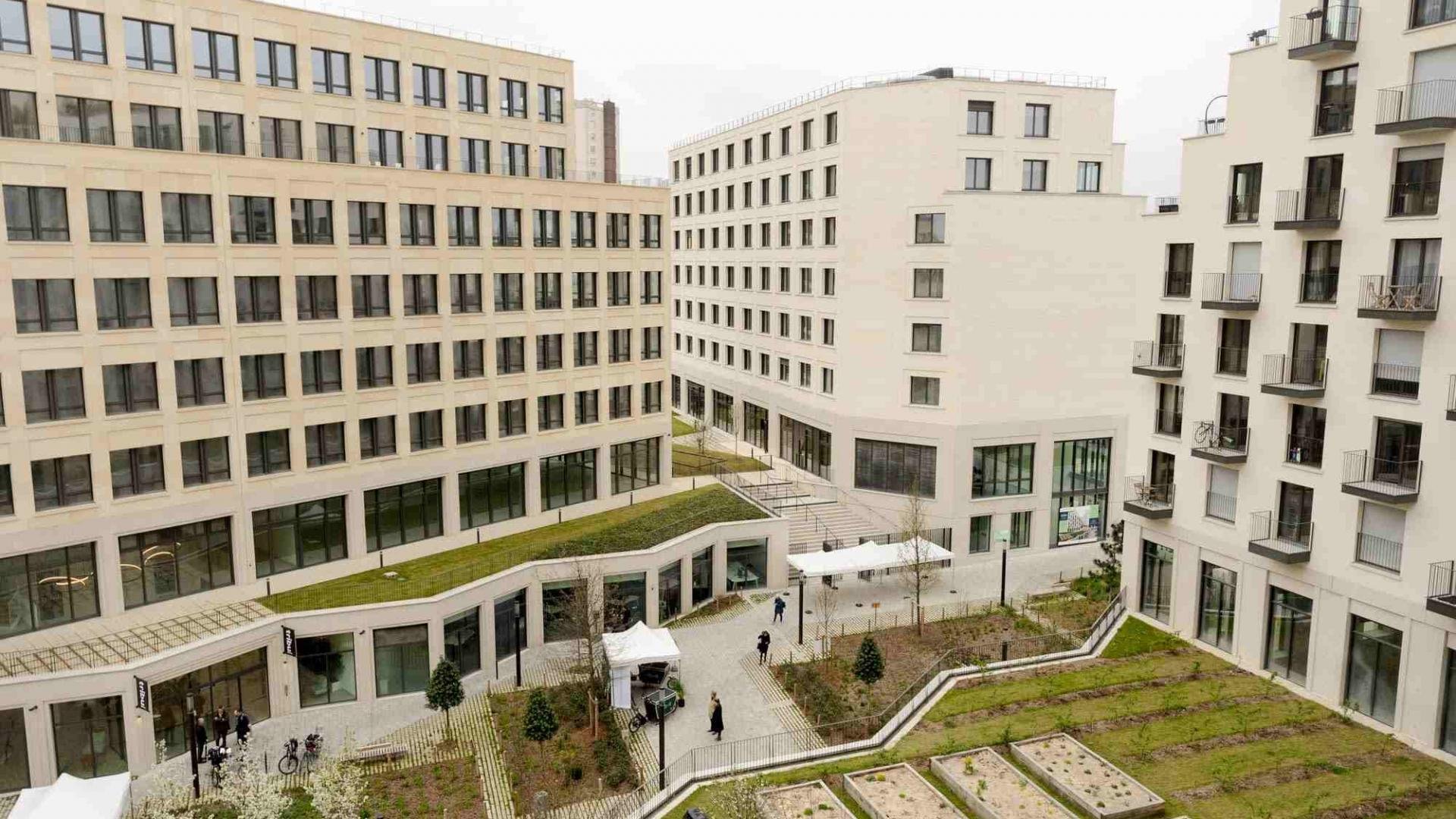Food Futures in North Lancashire, and Paris’ first zero-carbon neighbourhood - networking and building up regeneration
We like the idea of a sustainable food network being called Food Futures - so we went to investigate this North Lancashire initiative.
They have a 2030 vision plan that guides their activities - which aims to pull together stakeholders round the following goals:
Regenerative food economy and procurement
The right to nutritious and sustainable food for all
Healthy food and environment
Community food skills
Working in partnership
They have an excellent local food directory and skills sources (see left), as well as a calendar with regular food classes and local foraging,
NLFF’s media offering is excellent - a wide-ranging weekly blog covering ideas from managing food waste to the many uses of nettles. There’s also a page of case studies written by “food citizens”
We also caught this item in The Mayor magazine,
Last week saw the official inauguration of what has been dubbed Paris’ first zero-carbon neighbourhood, located in the 19th arrondissement.
The new residential complex, consisting of four buildings is called Îlot fertile (Fertile Isle) and despite its small size contains housing units, hotels, shops, offices and sports facilities, and quite remarkably – no parking spaces, at all.
The Fertile Isle is located on what used to be a degraded industrial space located between railway tracks and occupying a surface of 1.3 hectares. The small area of the quartier, however, also demonstrates that it is possible to create viable and multi-functional urban spaces in line with sustainable standards. 15-minute city? This could even bring about a 2-minute city concept.
Every facet of the neighbourhood conforms to sustainable and low-carbon practices.
The layout and design of the buildings have been carefully considered to limit energy requirements for heating, cooling and lighting as much as possible. On-site energy production is planned with bio-solar roofs of 1,000 m2 of photovoltaic panels, naturally cooled by the various plants also present on the roofs.
The construction itself used locally sourced materials or low-carbon concrete. All of the buildings are equipped with an innovative heat recovery system. Pumps capture the heat from gray water (wastewater from showers or dishwashers) in order to transform it into energy to supply the hot water networks. Once cold, this same wastewater will pass under the pedestrian walkway to join the chilled water loop used to cool the offices.
Cars have not been included in the mobility plans in any way. Instead, a soft mobility track connects the buildings to the nearby RER E station of regional trains, as well as to the tram station. The track itself will be the property of the municipality.
In addition, with its public garden, its bio-solar vegetated roofs, its planted terraces and its vegetable gardens shared with almost 30 fruit trees, the Fertile Isle offers a habitat for the local flora and fauna.
Insect hotels, bat houses on the roof and even a dry stone wall to accommodate lizards have been installed. Birdhouses are integrated into the facades. For swifts, in particular, birds which refuse to settle in unfamiliar habitats, dedicated soundtracks were released just before the mating season to lure them into the nest boxes.
To meet its carbon commitments to the City of Paris, Linkcity (the property developer) has already planned preventive monitoring of the various buildings, in particular for monitoring consumption and the operation of heat pumps.
For ten years, the developer undertakes to follow the life of the district and testify to the City whether the commitments in terms of social integration and sustainable development are being followed.




